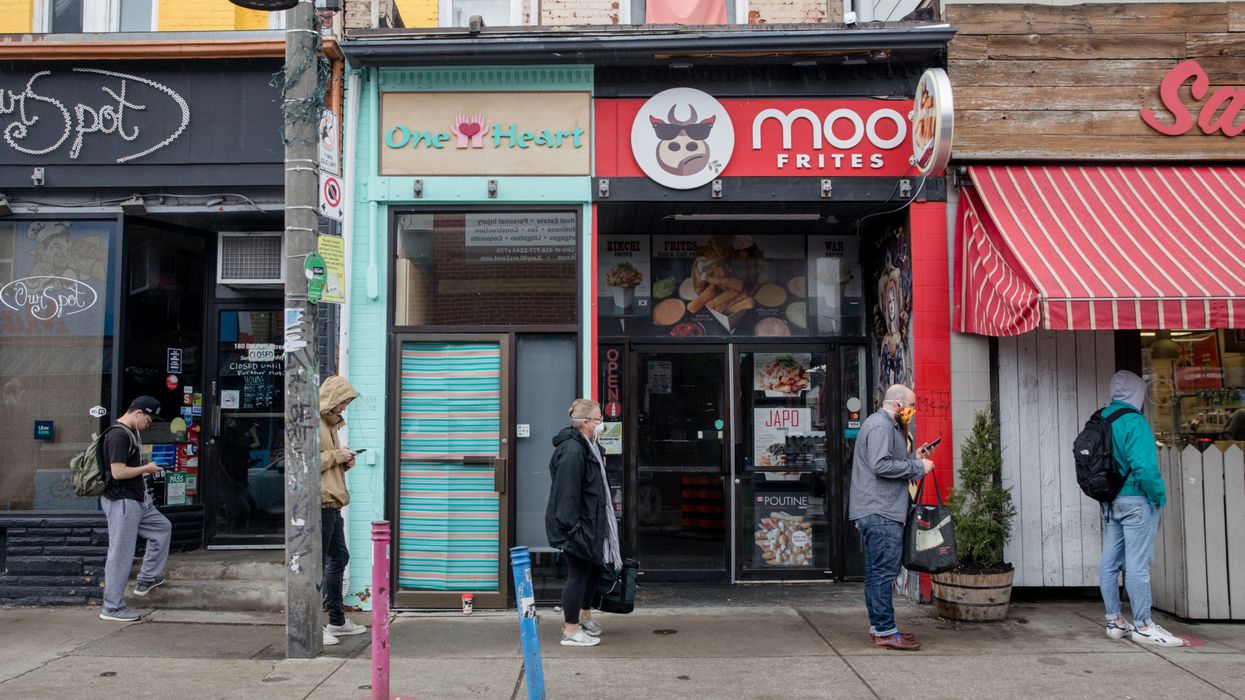Ontario Just Changed The Rules For Reopening Retail Stores In Each Colour Zone
Doug Ford announced today that Ontario's colour zones now have different rules than they did before the provincewide lockdown was announced in December.
The updated list of restrictions includes rules for in-person shopping, capacity limits, and physical distancing and mask usage.
Editor's Choice: Here’s How To Find Out If You're Eligible For Canada's Work From Home Tax Deduction
The province’s 34 public health regions will be gradually transitioned back to a strengthened and revised COVID-19 framework.
Government of Ontario
The province announced today that three of Ontario's public health units will move out of the stay-at-home order and into the green zone on February 10.
The rest of the province will move into a colour zone on February 16, except Toronto, Peel, and York, which will do so on February 22.
All regions — no matter what "colour" of the framework they're in — can open their non-essential retail stores for in-person shopping once they're no longer under the stay-at-home order.
But there are different capacity limits in effect depending on the colour.
Regions in the grey zone will impose a 50% capacity limit on essential stores — grocery stores, convenience stores and pharmacies — while other retailers (including big box stores) will have a 25% capacity limit.
Essential stores in the red zone can open to 75% of their capacity, while non-essential retailers can open to 50%.
And regions in the orange, yellow, and green zones have no capacity limits.
Indoor malls will be open in all regions, too, but people living in the grey, red, and orange zones will be actively screened — asked about COVID-19 symptoms and recent travel — before they're allowed inside.
And all regions, no matter what colour, will require residents to stay two metres away from one another and keep wearing masks.

